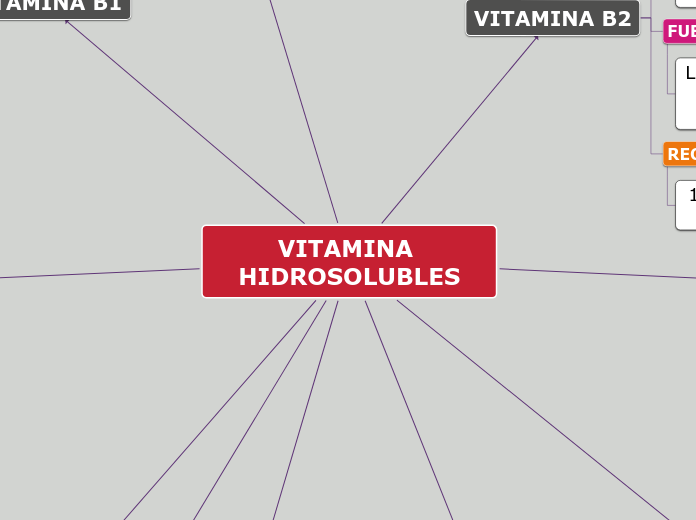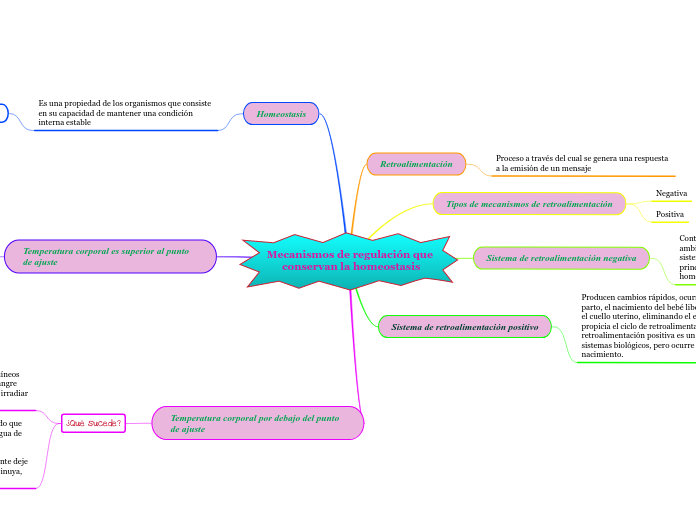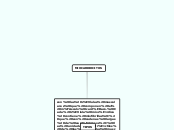EXPLICAMOS COMO EL ORGANIZMO PERMITE REGULAR LA TEMPERATURA
To name your story, you have to think about the overall message and what you want your audience to understand from the story. Also, make it relevant and easy to remember.
mecanismos de retroalimentación
The ending of a story is essential. We all know that if the ending is weak, what happened before loses its importance. So make it unpredictable, but fair. A resolved ending answers all the questions and ties up any loose threads from the plot.
Negativa
This is the closure section of the story.
See examples of possible outcomes below:
- all problems have been solved
- it's clear how each one of your characters ends up
- your main character is transformed by the challenge
El sistema de retroalimentación negativo permite mantener unas concentraciones constantes o de equilibrio y es el tipo de retroalimentación más frecuente en el organismo.
Try answering these questions to come up with a closure:
- Have all the problems been solved?
- Is there a clear picture of what happens with each character in the story?
- Has the challenge transformed your main character?
- How do the characters feel in the end?
Positiva
This is the moment when the main character surpasses the last obstacle and finally faces their greatest challenge.
The climax usually follows one of these patterns:
- realization
- resolution
- choice
Type in your answer.
La retroalimentación positiva es lo contrario a la retroalimentación negativa, o sea, un proceso por el que el cuerpo detecta un cambio y activa mecanismos que aceleran ese cambio.
Perdida de calor
The middle of the story is where you add layers of complications that will lead to the end. Reveal more about the character's journey. Did their personality go through changes? How did they overcome the challenges? And as you build up the story’s central conflict, make it more personal to that character. Also, from the middle act, you have to lead into the final act.
El cuerpo pierde calor a través de:
Your character(s) need(s) motivation in order to solve the challenge(s).
La convección
La conducción
Secondary characters also might have motivs beacuse of which they may cross path with main character or which might trigger them to help the main character.
La radiación
Secondary characters might also have motives that lead them to cross paths with the main character or which might trigger them to help the main character.
La evaporación
Why does your character need to confront this challenge? What does he/she expect to accomplish by solving it?
See a few examples:
- will marry in 3 days
- can fix the mistakes of the past
producción de calor
In the beginning of the story (or the exposition), you will need to introduce the setting and characters. You might also want to introduce the main conflict. This part of the story is important because it gives the reader necessary background information and maybe even a first insight into a character’s personality.
La PRODUCCION DE CALOR es producido por el metabolismo dentro del cuerpo, que incluye:
MANTENIMIENTO, CRECIMIENTO y PRODUCCIÓN.
The setting (time & place) of a story can change throughout the plot.
TERMORREGULACIÓN
Your story can take place wherever your imagination will take you to.
For example: in an elevator, in an enchanted forest, etc. Don't forget to give details of the environment each time the setting changes, otherwise, the story can be confusing. Also, mention the seasons as each of them has unique weather and events.
Homeostasis
La homeostasis es una propiedad de los organismos que consiste en su capacidad de mantener una condición interna estable compensando los cambios en su entorno mediante el intercambio regulado de materia y energía con el exterior.










